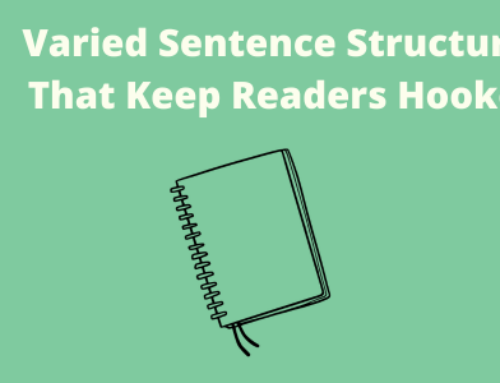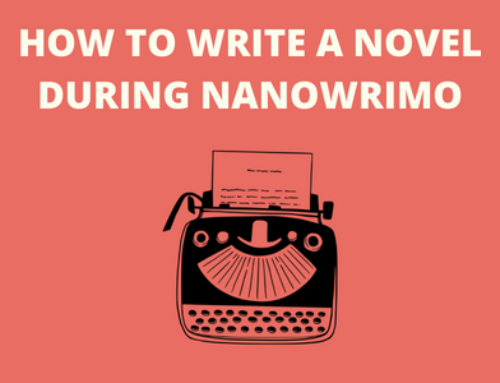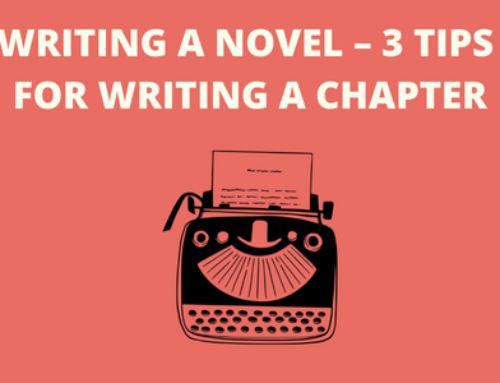Why Is Head Hopping Wrong in Fiction?
Have you ever read a novel or a short story and stopped reading because you’re confused about whose thoughts you’re reading? You’re really enjoying the story, you’re picturing everything in the room or in the outdoors, and then suddenly, out of nowhere, you’ve jumped into someone else’s mind? This is called head hopping.
It is called head hopping because you’ve been experiencing life through one person’s mind and then suddenly you’ve landed into a different character’s head without being warned.
Why Head Hopping Can Be So Confusing

Photo by Nik on Unsplash
- Surprise! – Getting settled into a scene through one person’s eyes and feeling like you’re really understanding this character only to have to suddenly switch bodies and figure out who is thinking, feeling, and talking next can be really confusing.
- Who’s Feeling What Now? – You thought you had everything figured out in the particular scene you’re reading, and now you’ve been thrown for a loop. Maybe you have to go back a few pages to remember who the new character even is and get a picture of them in your mind along with an understanding of the way they think and feel. It’s like trying to body switch.
- Rookie Moves – If you’ve read a lot of good books and now you’re writing one that has a lot of head hopping, you can give off the impression that you’re still a beginner when it comes to writing because you haven’t learnt how to keep the flow of the scene. This is why head hopping is generally discouraged for novice writers.
- Keep Them Immersed, Not Lost – Readers want to get lost in your world, not lost in confusion. Sticking to one perspective in each scene or chapter helps keep your reader immersed and focused.
- Exceptions to the Rule – Some experienced writers can use head hopping successfully, especially if their style throughout the book is to have everyone’s thoughts open all the time, but they make it clear from the first page and they do it well. Keep reading to see some examples.
- Single POV Is Best – The golden rule is to carry the reader inside just one character’s perspective at a time. It keeps things clear and lets you really get to know that character. If you need to switch perspectives, save it for a new scene or chapter.
Notable Examples of Successful Head Hopping

Photo by Laura Kapfer on Unsplash
Despite the pitfalls of head hopping, it can be used deliberately and skillfully in the form of omniscient POV—an all-seeing eye, if you will. This allows the reader to know more than any single character, and done well, it can increase tension and deepen your readers’ understanding of the plot and characters. However, managing to pull this off without disorienting the reader requires a lot of skill and careful execution.
- Leo Tolstoy’s War and Peace uses an omniscient narrative style that allows Tolstoy to head hop between characters, providing a vast, encompassing view of the Napoleonic Wars from multiple perspectives. This technique adds richness to the epic’s scale and depth, allowing readers to understand the times it’s set in and how the lives of the characters are interconnected.
- Virginia Woolf’s Mrs. Dalloway uses head hopping to paint a vibrant portrait of post-World War I England. Woolf weaves in and out of her characters’ consciousnesses, using stream-of-consciousness, to explore their thoughts and feelings in real time. This threading of individual experiences and emotions successfully forms an interconnected storyline.
- George R. R. Martin’s A Song of Ice and Fire series shifts between the viewpoints of numerous characters by chapter, which is an easier way to help the reader “live” the story through various lenses.
In a Nutshell…

Photo by Glenn Carstens-Peters on Unsplash
When using head hopping or any switches from one character’s perspective to multiple points of view (POV), clarity is very important.
Readers should never be left guessing whose perspective they’re feeling or seeing. Write clear transitions, be consistent with your storytelling, and ensure each character’s voice is distinct.
Head hopping is like channel surfing but in a book. You’re hopping from one character’s thoughts to another in the same scene, which can make things confusing unless the author is really good at doing it. Our advice is to stick to one perspective at a time to keep your readers undistracted.




